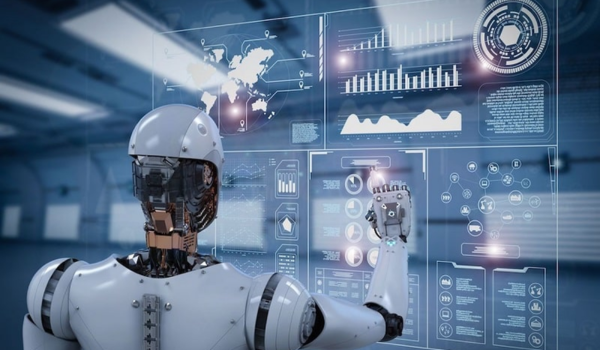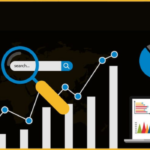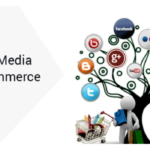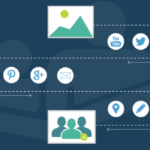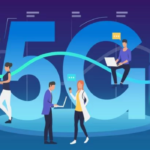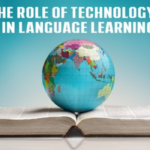Introduction
A. Definition of artificial intelligence (AI): This section provides a brief explanation of what AI is, covering its fundamental concepts and capabilities.
B. Brief overview of AI’s impact on the future of work: It introduces the central theme of the article, which is exploring how AI will shape the workforce in the coming years.
C. Thesis statement: This states the main argument or focus of the article, which is to examine both the opportunities and challenges that Artificial Intelligence presents in reshaping the workforce.
Opportunities Created by AI in the Future of Work
A. Automation of routine tasks: Discusses how AI technologies can automate repetitive tasks, enabling humans to focus on more complex and creative aspects of their work.
B. Enhanced productivity and efficiency: Explores how AI-driven tools and systems can optimize workflows and processes, leading to increased productivity and efficiency.
C. Creation of new job roles: Highlights emerging job opportunities in AI-related fields, such as data science, machine learning engineering, and AI ethics.
Challenges Faced by the Workforce Due to AI Integration
A. Job displacement and reskilling needs: Examines the potential impact of Artificial Intelligence on traditional job roles and the need for workers to acquire new skills to remain employable.
B. Ethical considerations: Discusses ethical concerns related to AI implementation, such as algorithmic bias, privacy issues, and the potential for job discrimination.
C. Human-AI collaboration: Explores challenges in integrating AI technologies into existing work environments and fostering effective collaboration between humans and machines.
Strategies for Harnessing AI Opportunities and Addressing Challenges
A. Investing in workforce training and upskilling: Advocates for investing in lifelong learning and continuous education to prepare workers for AI-driven changes in the workforce.
B. Ethical AI development and governance: Discusses the importance of establishing regulatory frameworks and ethical guidelines to ensure responsible AI deployment and mitigate potential risks.
C. Promoting diversity and inclusion in AI development: Emphasizes the need for diverse perspectives in AI development to address biases and ensure equitable outcomes for all individuals.
Case Studies or Examples
A. Success stories of organizations leveraging AI to improve productivity and innovation: Provides real-world examples of companies using AI technologies effectively in their operations.
B. Examples of industries facing workforce transformation due to AI adoption: Illustrates how AI is reshaping various industries and the workforce within them.
C. Instances where ethical lapses in AI implementation have led to negative consequences: Highlights cases where AI systems have caused harm due to ethical shortcomings or biases.
Future Outlook: Balancing Opportunities and Challenges
A. Reflection on the evolving relationship between Artificial Intelligence and the workforce: Provides insights into how the relationship between AI and the workforce may evolve in the future.
B. Predictions for how AI will continue to reshape the future of work: Speculates on the potential long-term impacts of AI on the workforce and society.
C. Call to action for stakeholders to collaborate: Encourages collaboration among policymakers, businesses, educators, and other stakeholders to maximize the benefits of AI while mitigating its potential downsides.
Conclusion
A. Recap of the opportunities and challenges discussed: Summarize the main points covered in the article.
B. Final thoughts on the transformative potential of AI in shaping the future of work: Concludes with reflections on the significant role AI will play in reshaping the workforce and the importance of adapting to these changes.
C. Encouragement for readers to embrace lifelong learning and ethical AI practices: Motivates readers to stay informed, adapt to technological advancements, and advocate for responsible AI development and deployment.
